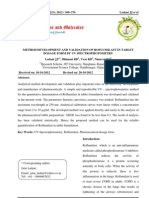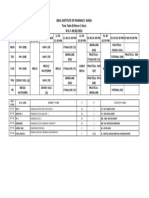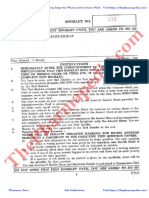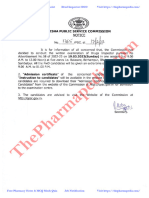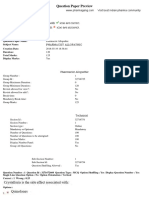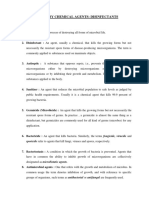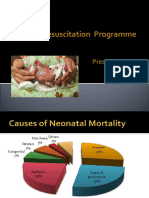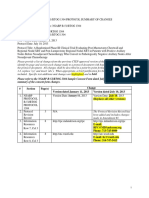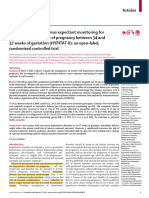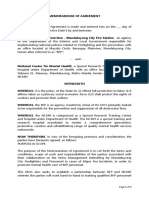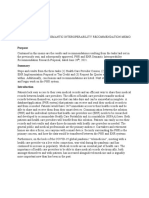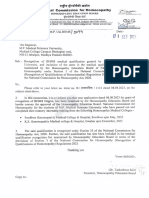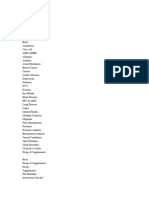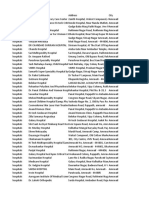0% found this document useful (0 votes)
212 views4 pagesIPII Unit 5
The document discusses the regulatory requirements for drugs in India. It outlines the roles of the Central Drug Standard Control Organization and state drug authorities. It also describes the process for approval of new drugs in India and certificates required for drug products.
Uploaded by
Harshit RathourCopyright
© © All Rights Reserved
We take content rights seriously. If you suspect this is your content, claim it here.
Available Formats
Download as PDF, TXT or read online on Scribd
0% found this document useful (0 votes)
212 views4 pagesIPII Unit 5
The document discusses the regulatory requirements for drugs in India. It outlines the roles of the Central Drug Standard Control Organization and state drug authorities. It also describes the process for approval of new drugs in India and certificates required for drug products.
Uploaded by
Harshit RathourCopyright
© © All Rights Reserved
We take content rights seriously. If you suspect this is your content, claim it here.
Available Formats
Download as PDF, TXT or read online on Scribd
/ 4



